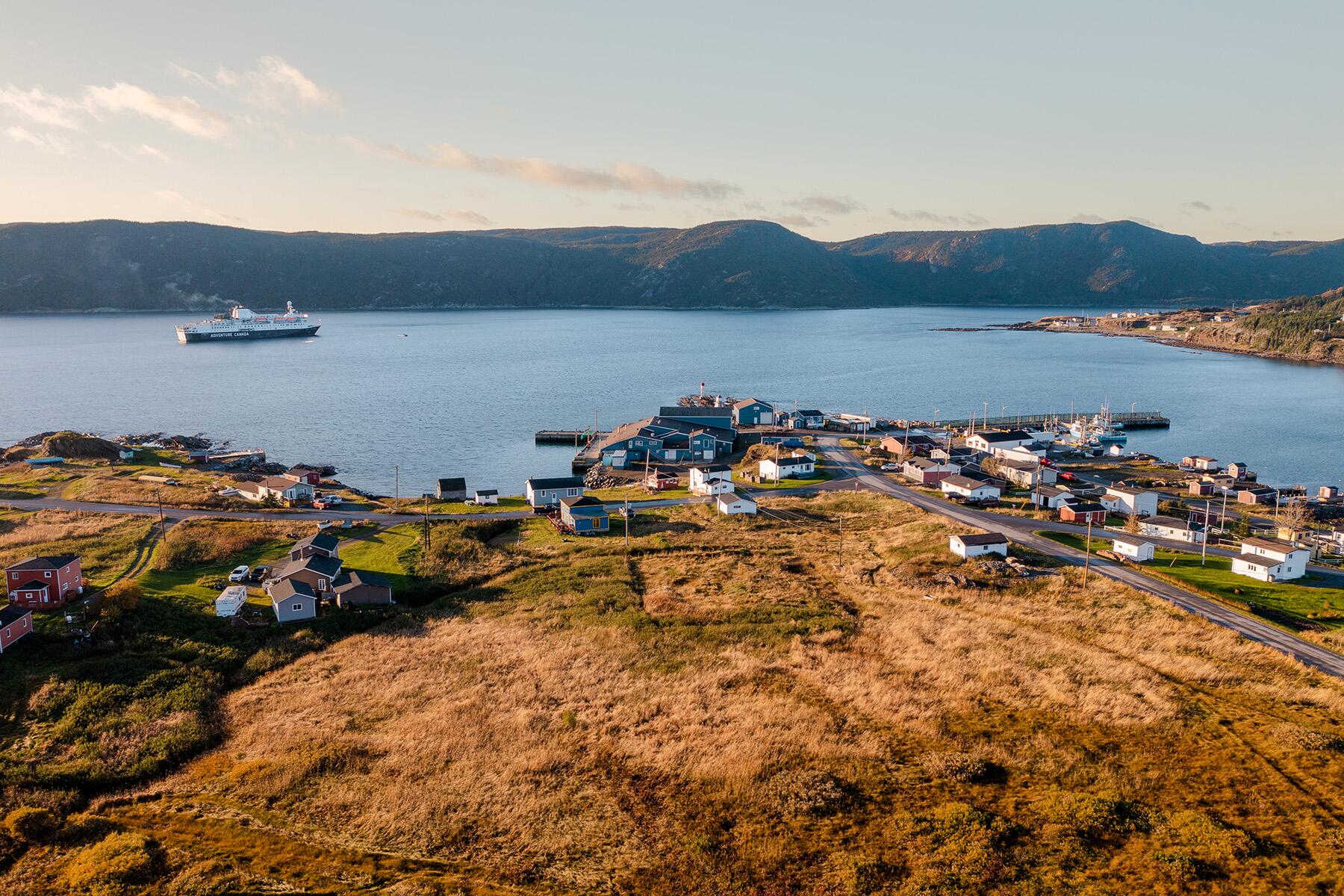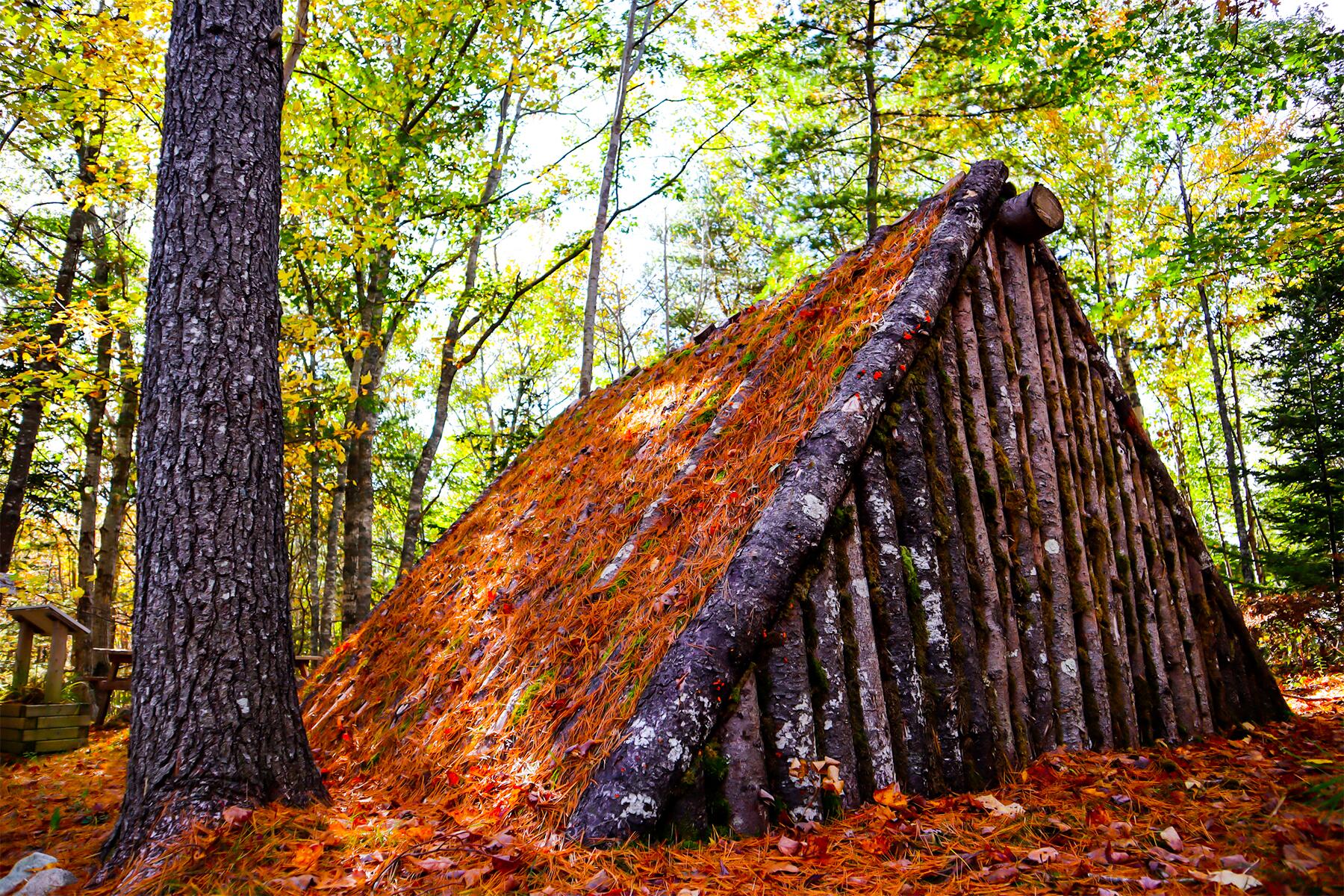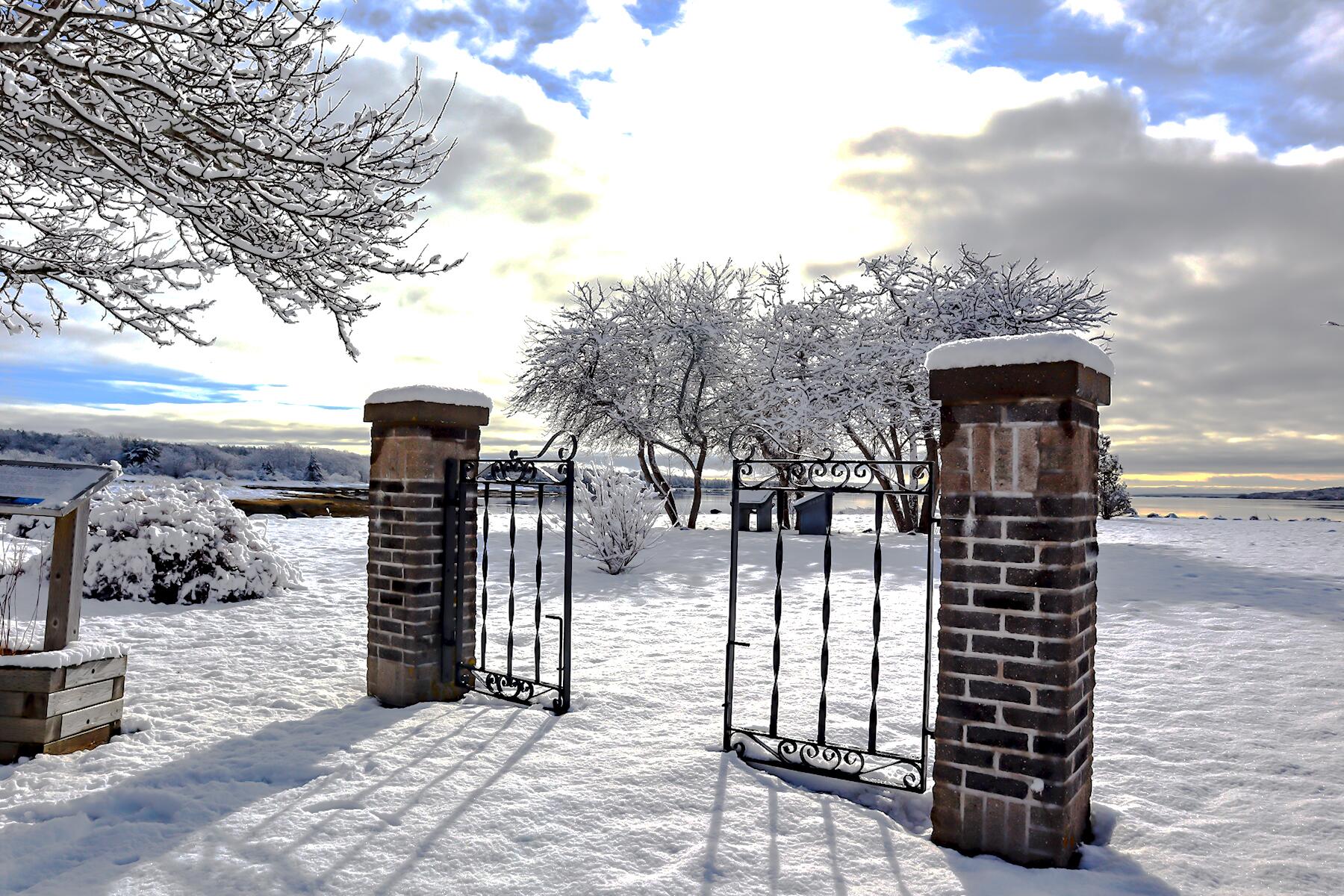A small village in Nova Scotia played a big part in Black history.
Peering down through the thick, glass floor, I read hundreds of names inscribed on beams of gleaming metal. These are the Black Loyalists, the freed and escaped enslaved persons from the post-War of Independence America who reached Birchtown, Nova Scotia, a remote Canadian village on the shores of the Atlantic Ocean in 1783 and 1784.
On the walls around me inside the Black Loyalist Heritage Centre, opened in 2015, multimedia exhibits tell the story of slavery and the important, little-known role Birchtown played. Outside, historical monuments, a church, a school, and a replica of an early lodging tell this story’s missing chapter, much of which took place right here on the hallowed ground beneath my feet.
The names etched into metal are also recorded in an inventory of Africans who fought for the British against the Americans in the war. British officers returned that loyalty with protection and safe passage north to colonies still under British rule. American authorities demanded that such records be kept so that the enslavers of people who had been freed or had escaped could later claim compensation for lost property.
For most of the 2,800 people listed here, the inventory book is the first time their names were recorded anywhere. When they sailed into what was then Port Roseway, now Shelburne, Nova Scotia, their new home amounted to little more than a clearing on the shore. Still, it was the largest landing point for the Black Loyalists. Ashore, they discovered that their land grants were very small and located at the head of the harbor, three miles from the new town. They called their new settlement Birchtown after Samuel Birch, the British General who protected them in New York and signed most of their certificates of freedom. Birchtown became the largest free settlement of Africans on the continent.
Recommended Fodor’s Video
Life Between Enslavement and Freedom
In their new home, most Black Loyalists lived freely, but life was anything but easy. Upon arrival, they had neither the time nor the resources to construct proper homes, so they scrambled to build pit houses before winter set in. Making my way outside, I follow a short path to a replica of one of these basic shelters. Over a shallow depression dug into the ground stands a low A-frame made of logs, the seams sealed with moss. Peering through the door, I find a dingy space with a circle of stones for a fireplace and earthen benches for sleeping. Mushrooms and mold grow from the log ceiling.
The land wasn’t fit for farming, so the Black Loyalists survived on fishing, hunting, and whatever paid labor they could find in town. Without tools, farm animals, or the money to buy them, they had to clear land by hand. Some were forced into near-slavery, indentured as servants to settlers in town.
Tensions with white settlers erupted on July 26, 1784, when a mob attacked Black Loyalists on the street. This, the first recorded race riot in North America, lasted for ten days and launched attacks that continued for two months. White people chased Black settlers from town and destroyed their pit houses in Birchtown.
Fed up with poverty, diminishing freedom, and increasing violence, Black Loyalists in Birchtown and other regional settlements planned a mass departure. One of them, Thomas Peters, led the charge. Born in Nigeria and kidnapped at the age of 22, Peters escaped his enslaver and fought for the British. In 1791, he sailed from Nova Scotia to London with a petition signed by thousands of Black Loyalists to resettle elsewhere.
While in London, he met with Sierra Leone Company representatives to find a free Black settlement in Africa. Peters returned to Nova Scotia to recruit Black Loyalists for the project. The following January, 15 ships loaded with nearly 2,000 Black Loyalists sailed from Halifax, Nova Scotia, to found Freetown and the nation of Sierra Leone. Conditions were difficult, but they were free and, within a few years, voted in their first election. By 1808, the Sierra Leone Company left the new country to be governed by its Black Loyalist settlers.
The Woman Behind the Birchtown Legacy
Back in Nova Scotia, Birchtown dwindled to a mere fraction of its original population. Those who stayed built a strong, proud Black community. Enter Elizabeth Cromwell. The descendant of Black Loyalists, she led a 25-year campaign to celebrate her community’s heritage and its significant place as the missing chapter in the story of slavery. She and a few others were spurred into action when land rumored to be a Black Loyalist burial site went up for sale.
Their work attracted anthropologists to the Birchtown site, unearthing many of the artifacts exhibited in the interpretation center. Author Lawrence Hill wrote the bestselling The Book of Negroes, a fictionalized version of the circular voyage of enslaved persons from Africa to the Americas and back again to Sierra Leone through Birchtown. It was later made into a miniseries by Clement Virgo.
From her home on an original Black Loyalist land grant in Birchtown, Cromwell and others worked through many setbacks, including an act of arson that destroyed many priceless records and their first small heritage center built in a former schoolhouse. Their perseverance eventually led to the construction of this new center. Cromwell received honorary degrees from both Dalhousie University and Mount St. Vincent University in Halifax. Before her death in 2019, she was appointed to the Order of Canada, honoring her for her extraordinary contributions to the country.
At the 2012 announcement for the funding required to build the center, Cromwell addressed an excited audience. “It’s our time and our turn to tell the story of our people,” she said. “We want people to understand the strength of those who came here and endured. We want people to be inspired…and to leave with a feeling of hope.”






